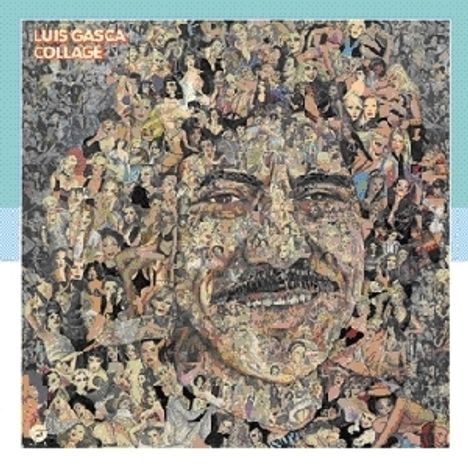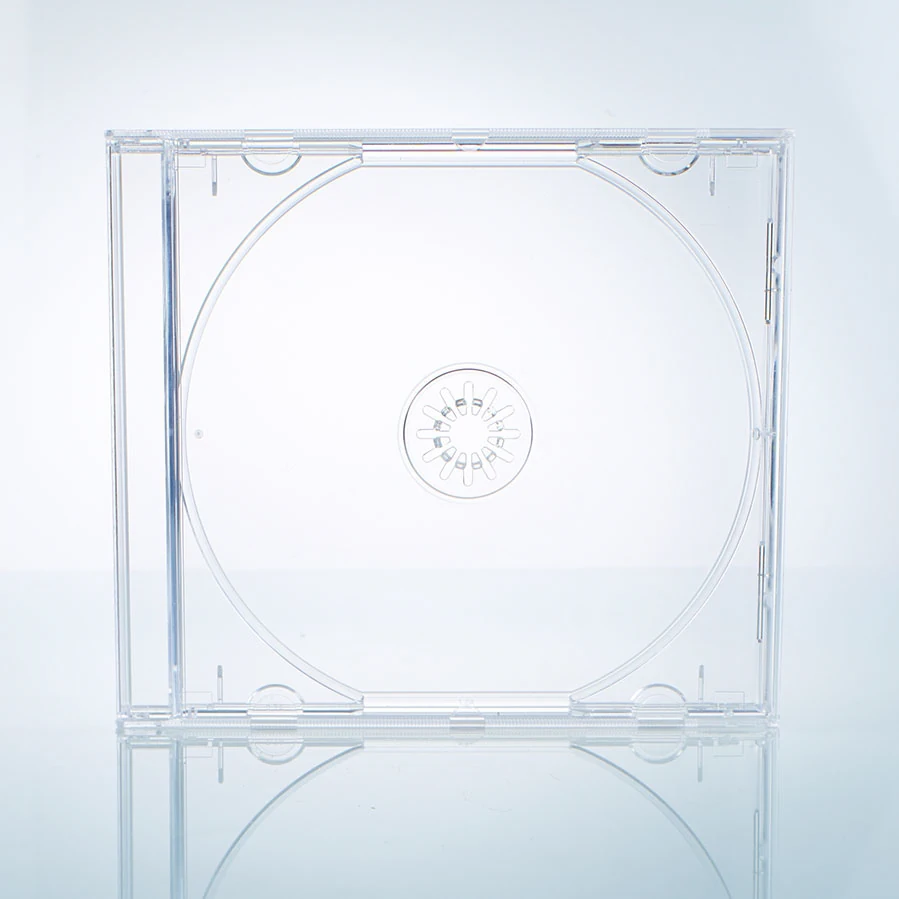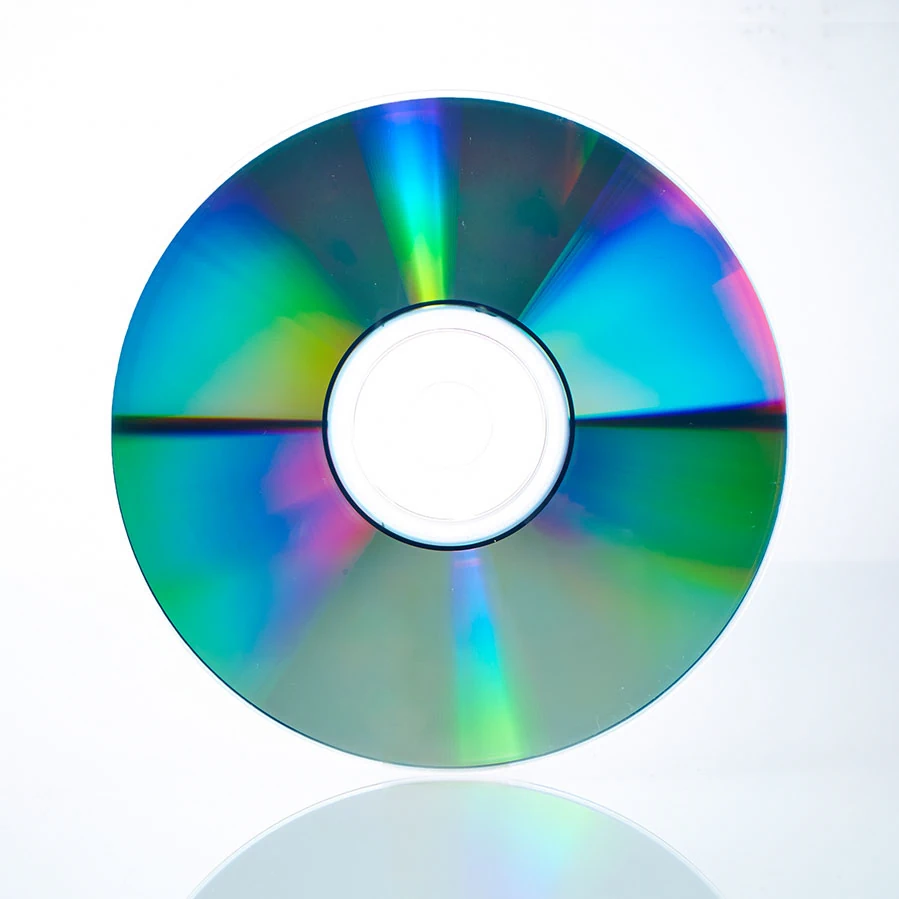Luis Gasca: Collage auf CD
Collage
Herkömmliche CD, die mit allen CD-Playern und Computerlaufwerken, aber auch mit den meisten SACD- oder Multiplayern abspielbar ist.
(soweit verfügbar beim Lieferanten)
- Label:
- Beat Goes Public
- Aufnahmejahr ca.:
- 1976
- Artikelnummer:
- 1481244
- UPC/EAN:
- 0029667524520
- Erscheinungstermin:
- 28.11.2011
Product Information
1960s San Francisco was very much a place that made history. In the Bay Area psychedelic rock came together in a flurry of loud music, free love, anti-war demonstrations and all the fashions associated with the period. While that sounds like a recipe that wouldn’t attract the average BGP customer, the Bay Area held far more than rock. Since the early 50s the Berkeley-based Fantasy label had released jazz and its Galaxy subsidiary soul and rhythm and blues. In the late 60s it had been home to Creedence Clearwater Revival, one of the biggest rock bands of the era, and the company invested the profits made from this success into the creation of one of the finest jazz and funk catalogues ever assembled. They purchased the Prestige and Riverside catalogues and, using the Prestige, Milestone and Fantasy imprints, issued scores of great albums at a period when many thought that jazz was, if not dead, at least on its final legs. In addition to signing jazz musicians from all over the United States, including superstars such as Cannonball Adderley, they recorded artists such as Luis Gasca, part of the local musical scene.
Luis Gasca was born on 23 March 1940 in Houston, Texas, his family originating from Guanajuato, Mexico. Gasca learned to play trumpet and gravitated to Boston’s Berklee College of Music. This prestigious college was popular with jazz musicians. It was situated close enough to New York to enable the students to make quick trips to hear the current hot bands if they weren’t playing dates in the Boston area. Gasca was fascinated by the sounds of Afro-Cuban Jazz, then at their peak. He saw performances by Tito Puente, Cal Tjader and Machito, as well as more straight-ahead artists such as Miles Davis and John Coltrane. After his marriage broke up he moved away from the east coast and settled down in San Francisco in the early part of the 1960s.
He worked in the bands of Stan Kenton and Mongo Santamaria, among others. In 1968 his growing reputation led to him making first album as a leader. “The Little Giant” on Atlantic featured a stellar line-up of Herbie Hancock, Joe Henderson, Hubert Laws and Bernard Purdie, as well as several members of Mongo Santamaria’s band. It included a great version of the old spiritual ‘Motherless Child’ and a take on Coltrane’s ‘Afro-Blue’. He became well known as a versatile player and began to play with some of San Francisco’s hottest acts, hooking up with Carlos Santana, and working on Janis Joplin’s debut solo album “I Got Dem Ol’ Kozmic Blues Again Mama!” He was the trumpet player of choice for West Coast rock royalty, appearing on “Ace” by Bob Weir from the Grateful Dead, “Ace” and with Marty Balin from Jefferson Airplane’s “Bodacious” project. The trumpet on Van Morrison’s “Tupelo Honey” album is also his work. In addition he was also a founder member of Jorge Santana’s latin rock group Malo and appeared on their self-titled debut album.
With his star on the rise he made an album for Tommy LiPuma’s Blue Thumb label. “For Those Who Chant” also had a stellar line-up of jazz fusion masters including Lenny White, Stanley Clarke and Joe Henderson, and the big draw of Carlos Santana and Mike Shrieve from Santana, then one of the biggest rock bands in the country. Released in 1972 it was Gasca’s only album for the label, before he signed to Fantasy where he issued two albums. The first, “Born To Love You” made with producer Orrin Keepnews, served up a classy blend of latin-fusion. Although there were no big names from the rock world on the sessions the calibre of the jazz players was very high. They included Joe Henderson, Julian Priester, Eddie Henderson, George Duke together with Jack DeJohnette and Dave Holland, both former members of Miles Davis’ electric groups.
Gasca’s second LP, “Collage”, was also produced by Keepnews but it was decided that the music would be far more arranged than it had been before. In an interview for Jazzreview. com Gasca commented “all creative musicians need to go through a freedom trip, and they need to do things that are highly-arranged, highly sophisticated like the “Collage” album.” Don Menza was brought in to arrange the sessions. He had worked in the bands of Maynard Ferguson and Buddy Rich and by this point was in demand for all sorts of session work. On “Collage” he built a lush soundscape that complements the tunes and the soloists. The line-up of musicians was a little less stellar than on previous Gasca albums, probably because of the highly arranged nature of the recording. The soloists are still of the very highest quality, including Bobby Hutcherson (vibes), Patrice Rushen (electric piano) and Hadley Caliman (reeds), whilst the rhythm section is kept together by the regimented drumming of Harvey Mason, at the time probably the most in-demand session drummer on the west coast.
The album’s opener and title track sets the album up perfectly. Gasca’s trumpet plays over an eight-piece string section that creates a rhythmic intensity, through a brash arrangement. ‘The Way I Feel Sometimes’ is the most straightforward funk track on the album, with Harvey Mason reprising a groove he pioneered on Herbie Hancock’s million-selling “Headhunters” album. ‘Patrice’ is a romantic mood piece, where Gasca’s playing is supported by the string section and the song’s writer Joe Gallardo’s piano. The first side ends with the Afro-Cuban rhythm of ‘Kathy’. Gasca’s trumpet is especially agile on this number and Bobby Hutcherson’s vibe-playing stands out.
‘Sara’ opens Side Two; beautiful lilting jazz, with a great combination of melodic trumpet and Hadley Caliman’s flute. ‘Night People’ with its bossa beat, wordless vocal and big strings feels like a Luis Bonfa movie theme and the whole track is filled out with a wonderful vibes solo from Bobby Hutcherson. The bossa nova returns on the mid-tempo ‘Invitation To Love’ which has flute lead from Caliman. The album ends with an uptempo take on Stevie Wonder’s ‘Visions’. Gasca performs a breathless solo, over an inspired rhythm arrangement. It would be a fitting end to any album.
By the time “Collage” was released Luis Gasca was burned out. San Francisco was perhaps a little too much fun, and he retired from the music business, hardly picking up his horn for the next twenty years. He wandered around America, exploring the country and getting to know himself. He returned to the spotlight in the late 90s and continues to play to great acclaim.
DEAN RUDLAND
Disk 1 von 1 (CD)
-
1 Collage
-
2 The way I feel sometimes
-
3 Patrice
-
4 Kathy
-
5 Sara
-
6 Night people
-
7 Invitation to love
-
8 Visions





